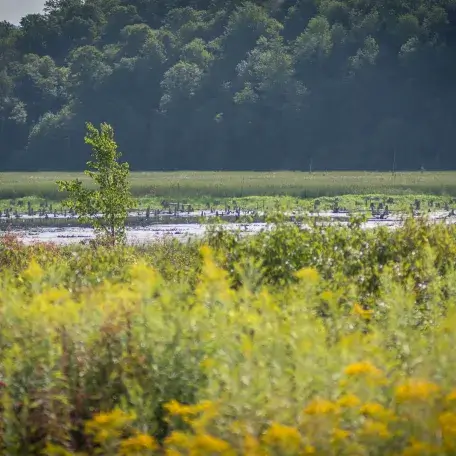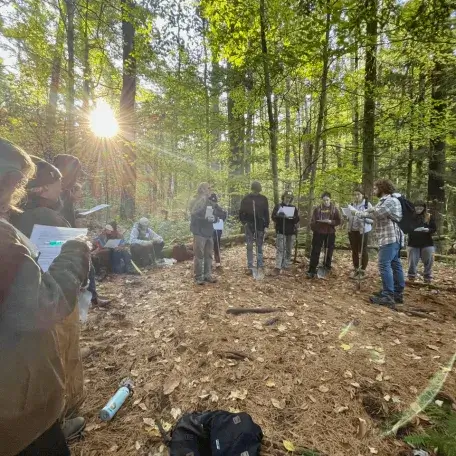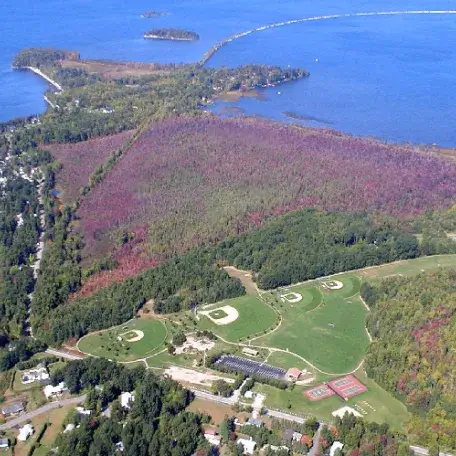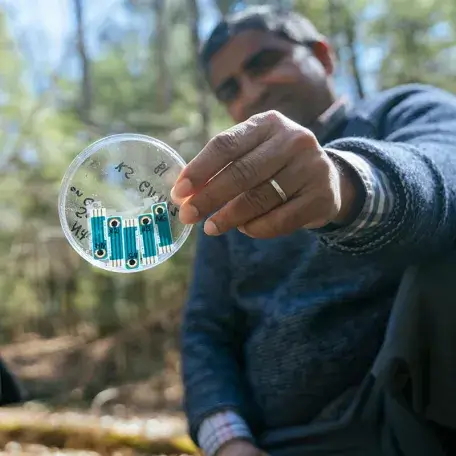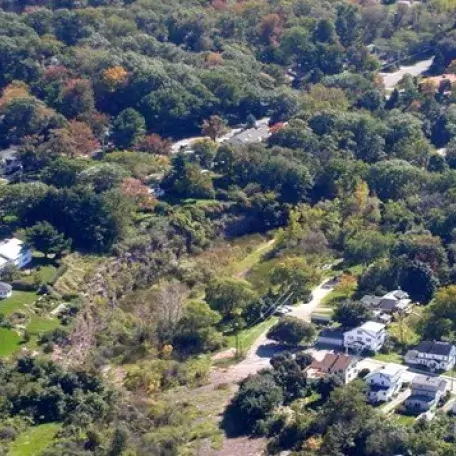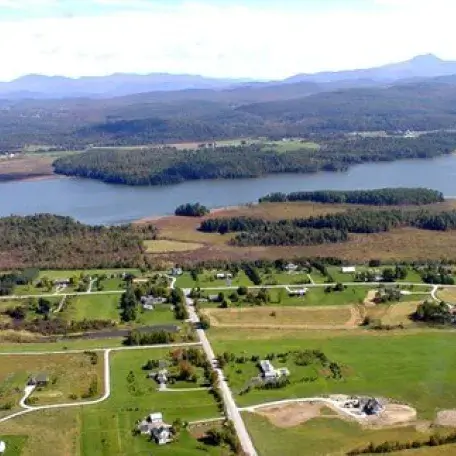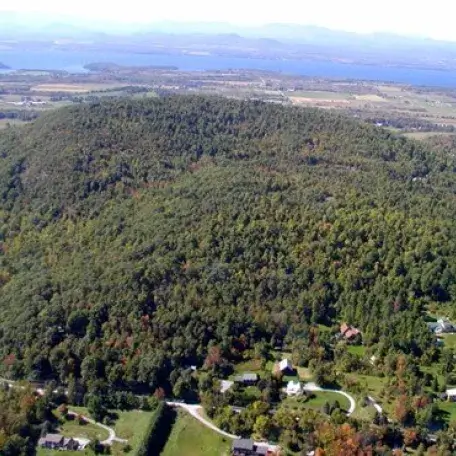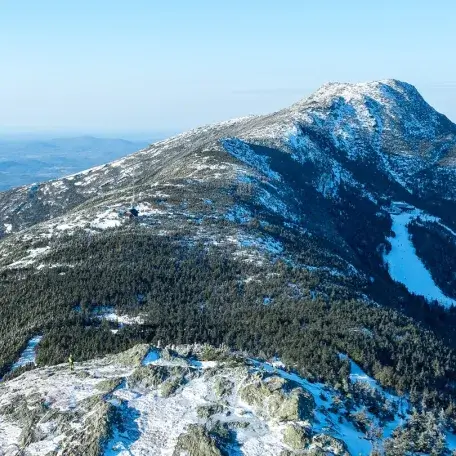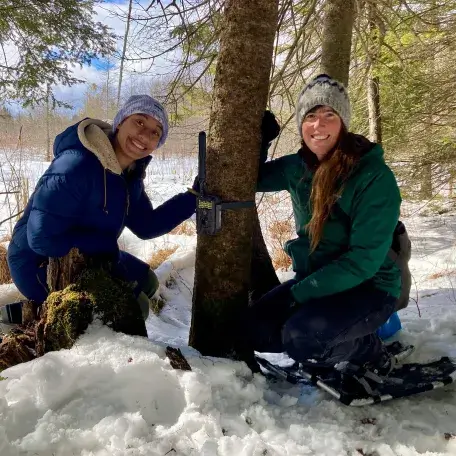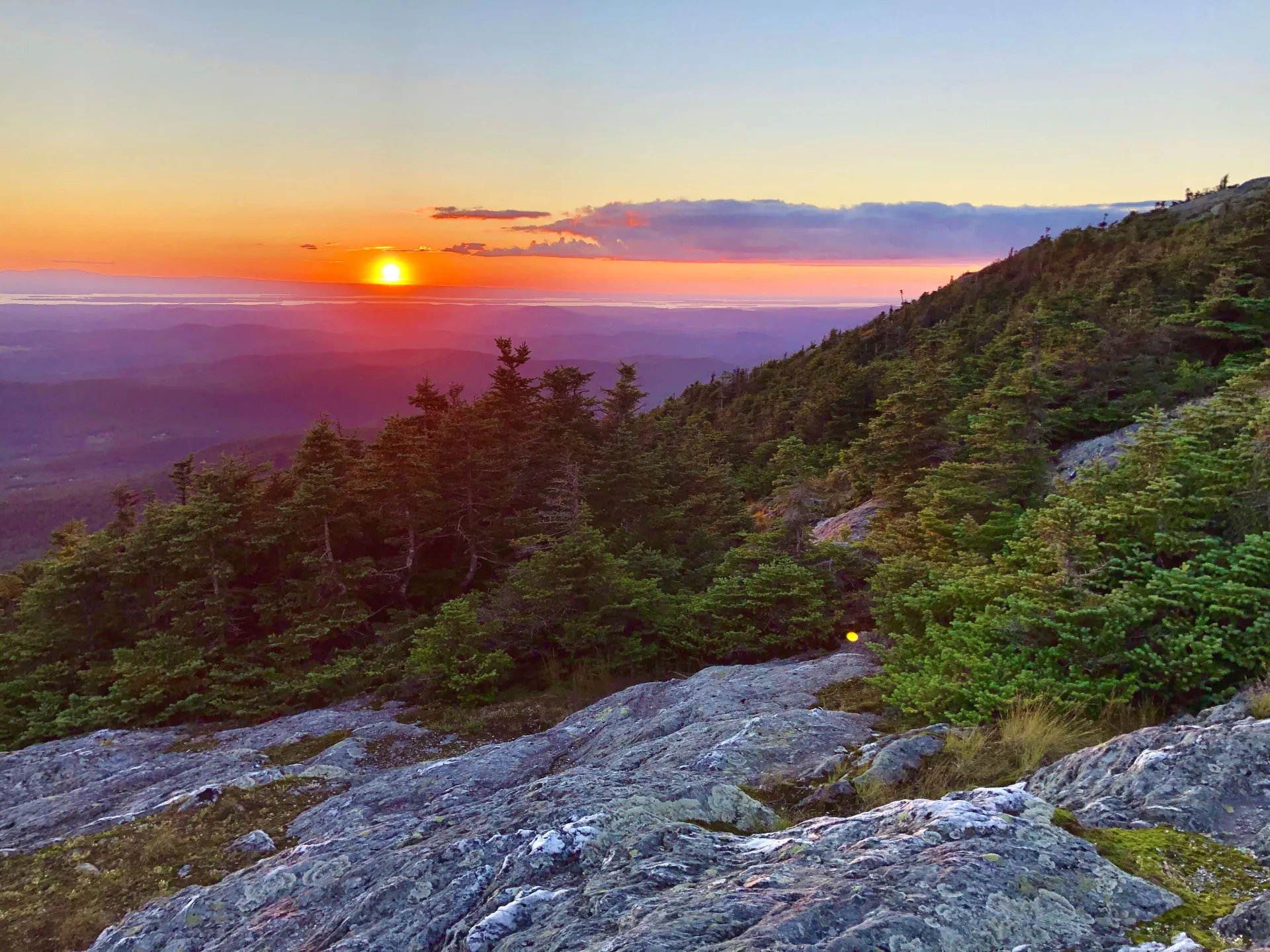From over 1,000 acres along the shoreline of Shelburne Pond to less than three acres at Redstone Quarry, these natural areas provide outstanding resources to meet the teaching and research needs in disciplines that require or can benefit from field experience.
These properties include 2,400 acres of unique natural communities including the summit ridgeline of Mount Mansfield, Shelburne Pond, Pease Mountain, and Centennial Woods. The Center is establishing areas of collaboration with the State of Vermont Natural Areas, Mount Mansfield State Forest, and Camels Hump State Park to utilize these properties as monitoring hubs where research, education, and stewardship activities take place.
